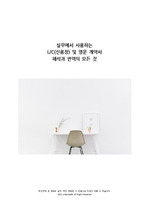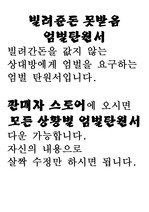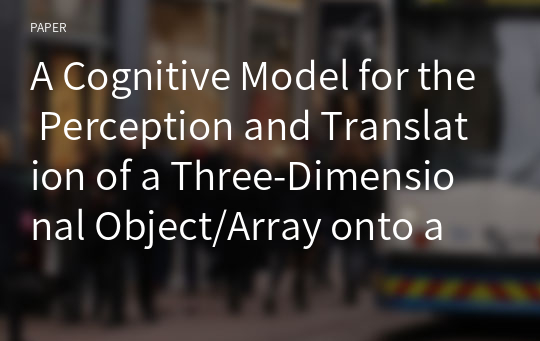A Cognitive Model for the Perception and Translation of a Three-Dimensional Object/Array onto a Two-Dimensional Surface
* 본 문서는 배포용으로 복사 및 편집이 불가합니다.
서지정보
ㆍ발행기관 : 한국조형교육학회
ㆍ수록지정보 : 조형교육 / 10권
ㆍ저자명 : Mia Johnson
ㆍ저자명 : Mia Johnson
목차
AbstractIntroduction
Perception: The Apprehension, Organisation and Integration of Sensor Data
Analysis
Translation: Mapping Picture Primitives onto Scene Primitives
Reflection
Production
Implications for Art Education
References
한국어 초록
Rationales and programs for perceptual training should proceed from an in vestigation of the retinal and cognitive activities involved in perceptual processes; however, theory in these areas is rarely applied to art education. This paper proposes a cognitive model for the specific and detailed processes of apprehension, analysis, reflection, and production that occurduring the perception of a three-dimensional object or array I the real world and its translation into drawing or painting. Perception Involves the apprehension of optical properties and visual patterns; the application of local and global computational factors I the creation of form perception and figurai synthesis; followed by a formation of constructs about viewpoint and variants. Translation involves cognitive strategies, both perceptual and production-oriented, for acquisition, retention, and utilization. The proposed model integrates research on visual perception and cognition with art hysterical references, cybernetic analogies, and research on the capabilities of young children in drawing from observation.영어 초록
Rationales and programs for perceptual training should proceed from an in vestigation of the retinal and cognitive activities involved in perceptual processes; however, theory in these areas is rarely applied to art education. This paper proposes a cognitive model for the specific and detailed processes of apprehension, analysis, reflection, and production that occurduring the perception of a three-dimensional object or array I the real world and its translation into drawing or painting. Perception Involves the apprehension of optical properties and visual patterns; the application of local and global computational factors I the creation of form perception and figurai synthesis; followed by a formation of constructs about viewpoint and variants. Translation involves cognitive strategies, both perceptual and production-oriented, for acquisition, retention, and utilization. The proposed model integrates research on visual perception and cognition with art hysterical references, cybernetic analogies, and research on the capabilities of young children in drawing from observation.참고 자료
없음태그
"조형교육"의 다른 논문
 圖書案內8페이지
圖書案內8페이지 文化 敎育 저널 리뷰8페이지
文化 敎育 저널 리뷰8페이지 學術/藝術 교육컬럼 素拍8페이지
學術/藝術 교육컬럼 素拍8페이지 INTERNATIONAL PERSPECTIVES ON EVALUATION AND ASSESSMENT..7페이지
INTERNATIONAL PERSPECTIVES ON EVALUATION AND ASSESSMENT..7페이지 海外의 美術敎育7페이지
海外의 美術敎育7페이지 韓國精神探究 展示리뷰14페이지
韓國精神探究 展示리뷰14페이지 關聯學會 學術發表-要約中繼室12페이지
關聯學會 學術發表-要約中繼室12페이지 韓國造形敎育學會 발굴 관련 學術史料 ② -서화협회보 창간호 전재24페이지
韓國造形敎育學會 발굴 관련 學術史料 ② -서화협회보 창간호 전재24페이지 세계의 語題도서 · 名著7페이지
세계의 語題도서 · 名著7페이지 폴 클레 敎育的 스케치 북 ⑥4페이지
폴 클레 敎育的 스케치 북 ⑥4페이지


























